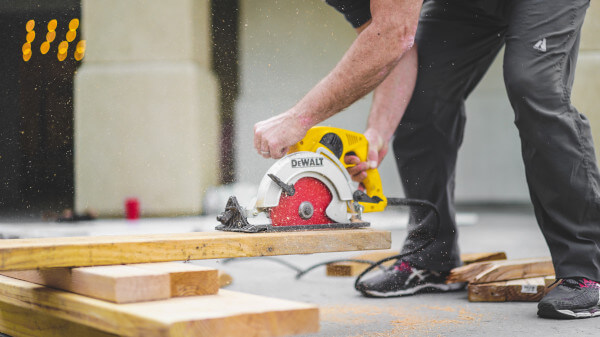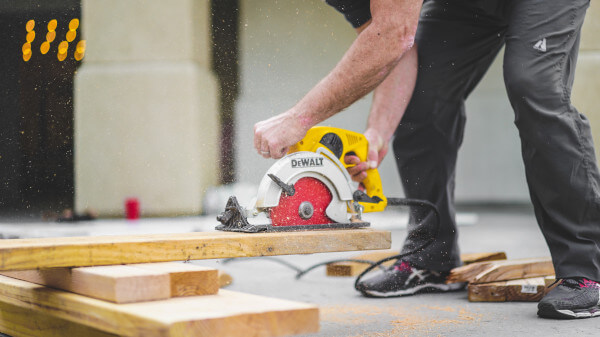How to Bleed a Radiator

>

Linda Pugliese
If you have hot-water heat, have you ever found that one or more of your radiators isn’t warming up? Or that only the bottom of a radiator gets hot? Before you spend the money on a plumber, try an easy fix.
If your hot water heater is not heating up, air has likely gotten into the system. Being more buoyant than water, the air rises into the tops of radiators and blocks the hot water from flowing there. The fix is easy—radiators have bleed valves at their tops so you can let the air out.
What You’ll Need to Bleed a Radiator
The tools you’ll need are simple. Many bleed valves require just a straight screwdriver to operate. Make sure yours is properly sized though.
Using too small a screwdriver can wear the slot to the point that you won’t be able to turn the screw, and then you’ll need to call the plumber. Older radiators may require a radiator key. These come in several sizes, and selections are available at old-fashioned hardware stores, home improvement stores, and plumbing supply houses.
You’ll also want protective gloves and a small bowl or a rag to catch the eventual dribbles of water.
Steps for Bleeding a Radiator
Before opening any bleed valves, turn off the heat. If the system were to start moving water while a bleed valve is open, it could suck in more air. You can either use the emergency shutoff switch (usually located at the head of the basement stairs) or just turn the thermostat(s) all the way down.It’s a good idea to bleed all the radiators, and not just the problem one. Begin on the lower floor at the radiator furthest from the boiler, then move sequentially closer in. Repeat that sequence on the upper floors.Holding the bowl or rag under the bleed valve’s spout, slowly open the screw. If a steady stream of water comes out, close the valve and move on (be careful—If the system’s been running, this water will be hot). If you hear a hissing, that’s air escaping. Keep the valve open until you get that steady stream of water, then close it and move on to the next radiator.That’s all there is to it.
Tip: Paint and bleed valves don’t go together. The hole in the spout can get painted over, or the screw can get painted closed. A stiff wire or tiny drill bit will clear paint from the spout. Scraping the paint from the edge of the screw may free it. Sometimes though, you might need to use a few drops of acetone (nail polish remover) to soften the paint first.
How Does Air Get into a Hot Water System?
How does air get into a closed plumbing system? In some cases, it’s not air at all. If your pipes are a mix of iron and copper or brass, galvanic corrosion may be releasing hydrogen gas.
Or, you might have an older pressure relief tank, which relies on a pillow of air to prevent dangerous pressure from building up in the heating system. Cooler water dissolves some of the air, and when the system kicks on, the heat drives the gas out of solution.
Modern pressure tanks separate the water from the air with a rubber bladder. Old steam systems can actually suck air in. As the steam cools, it shrinks dramatically, causing a partial vacuum.
You can eliminate or reduce the buildup of air and other gasses in your system by being sure there’s an air eliminator installed just after the boiler. This is a job for a plumber.
Did you miss our previous article…
https://www.tampa-bay-homes-guide.com/?p=1630
